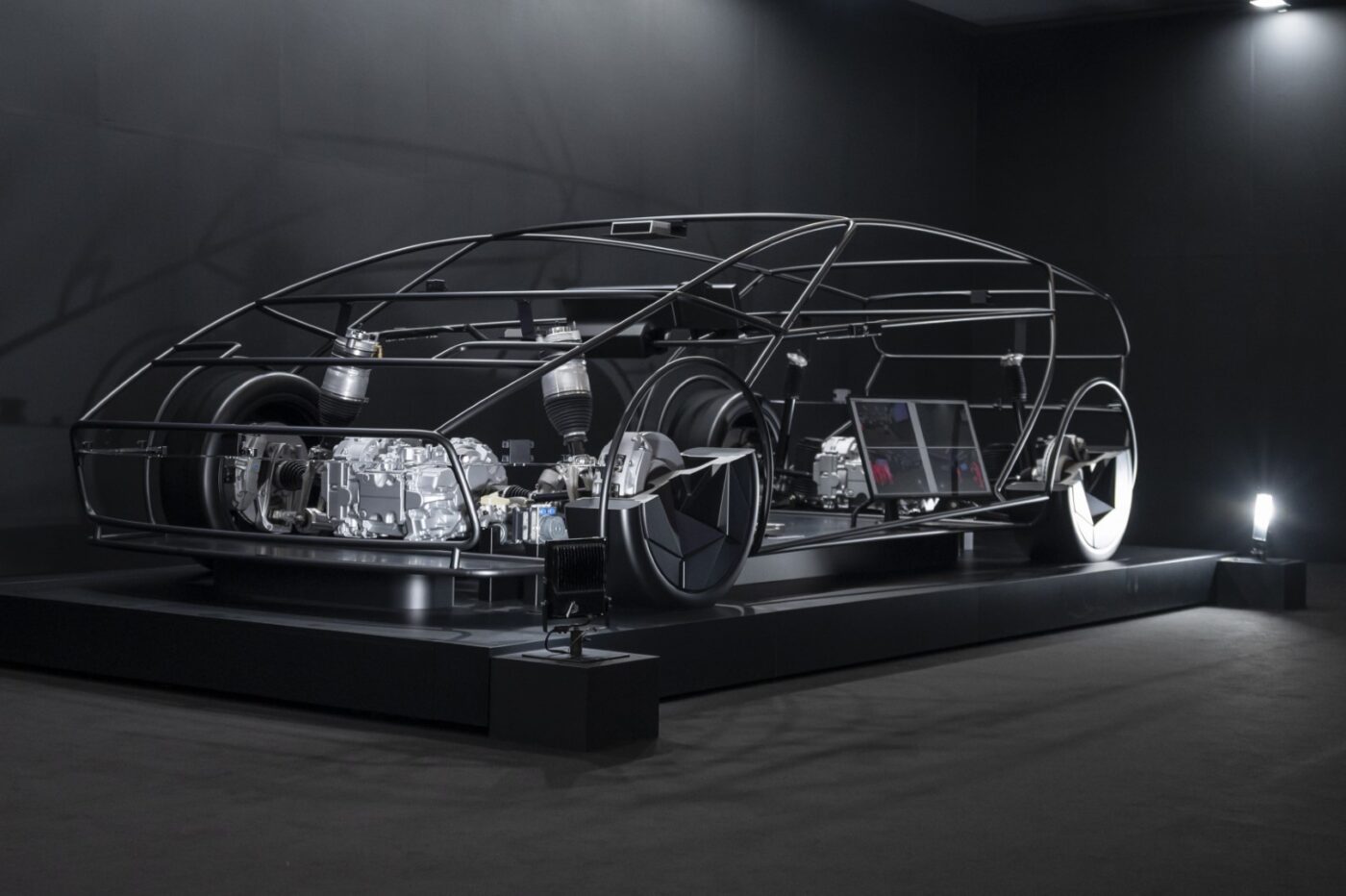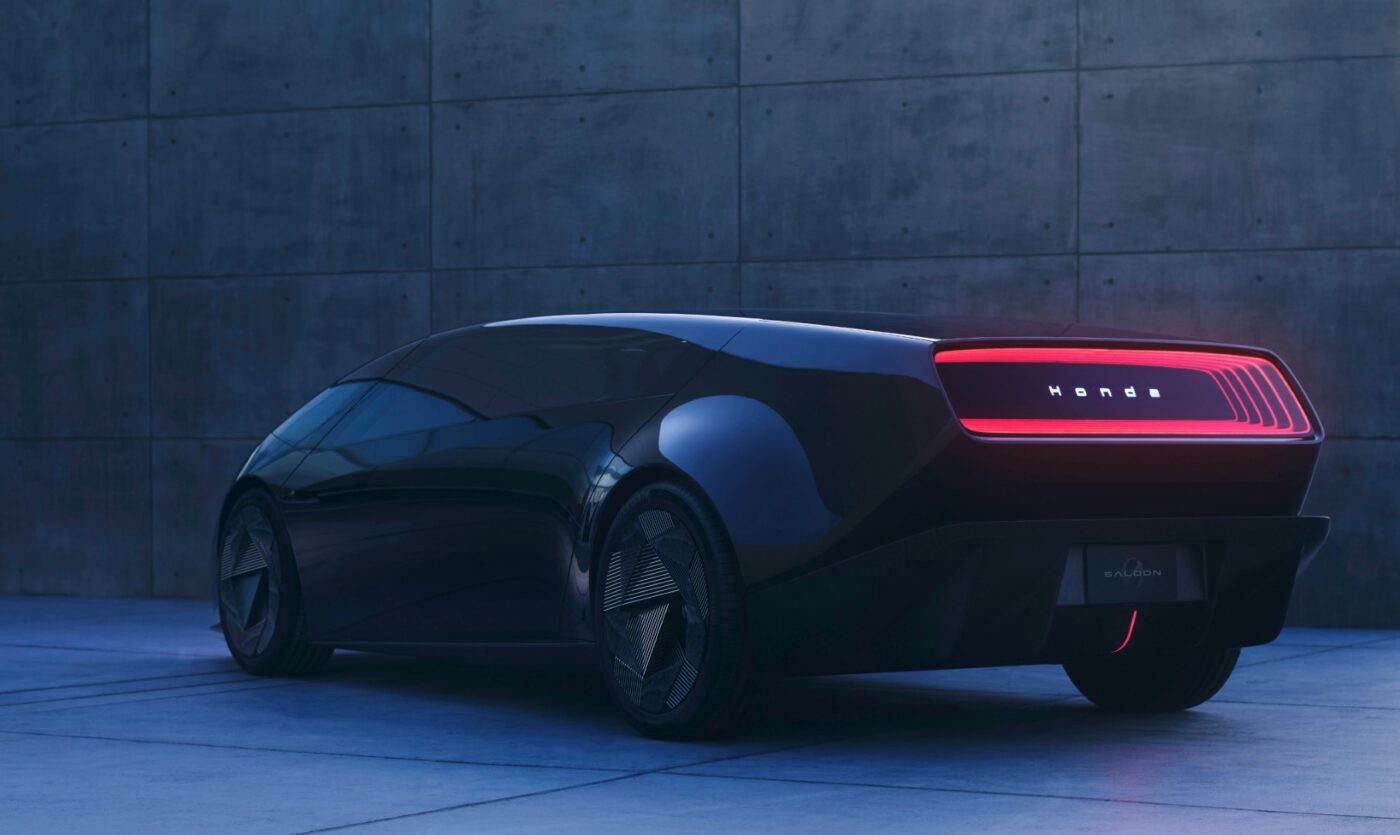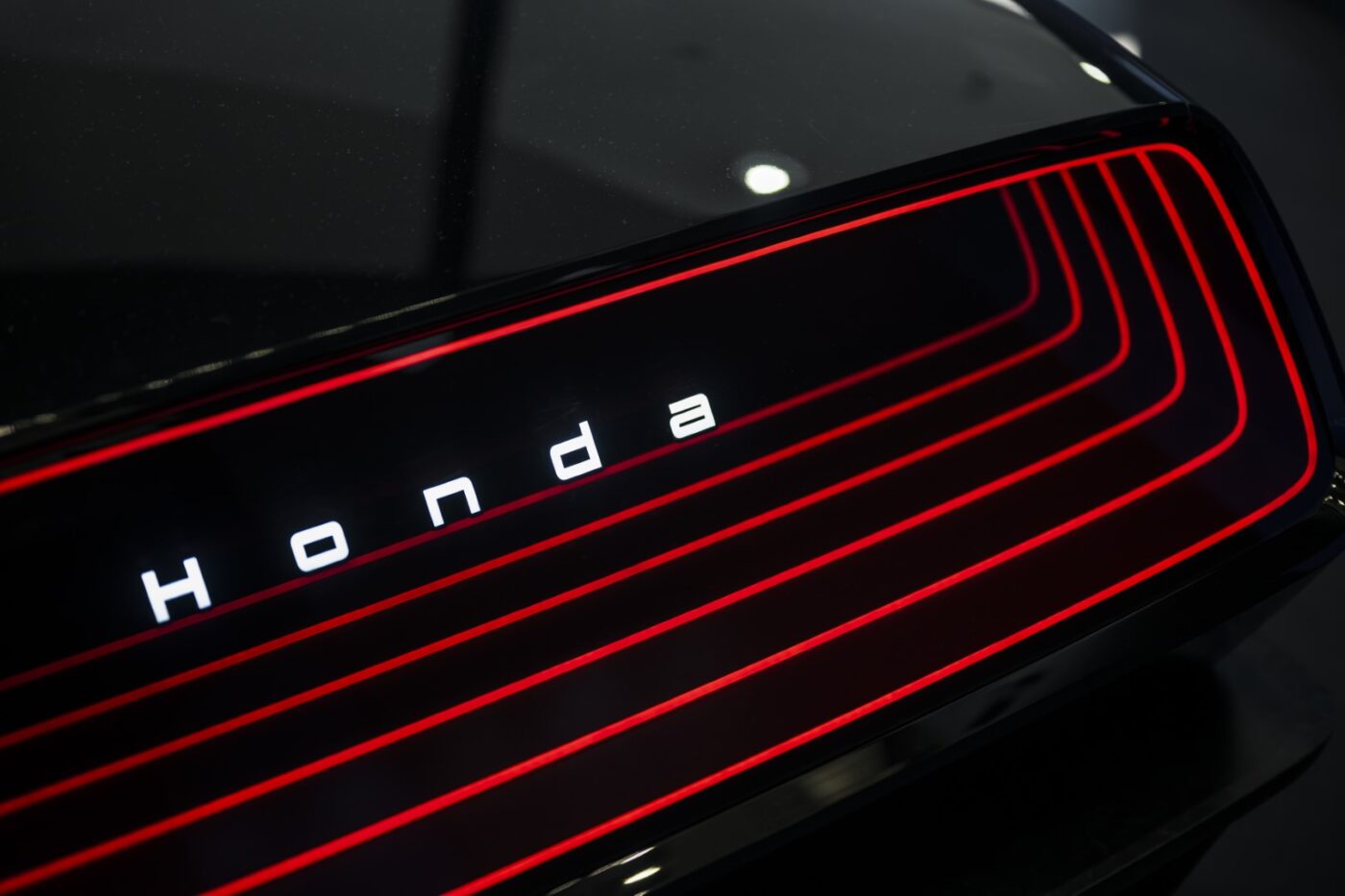Honda: An exciting look into the future
Now the Japanese also want to get serious about electromobility. A new platform will form the basis for seven new models with a futuristic design.

Honda has already introduced two e-models - after the small Honda e, the SUV with the cryptic name e:Ny1 is currently on offer. Neither of them have been particularly successful. But now things are moving forward: with the 0-Series (pronounced "Zero Series"), the Japanese company has presented a new electric platform on which seven new electric vehicles will be built from 2026. Honda wants to score points not so much with outstanding technical data or a new type of battery, but rather with particularly high efficiency thanks to a sophisticated production method and sophisticated aerodynamics.
The name 0-Series was chosen because Honda has set itself the goal of achieving zero environmental impact and zero fatal traffic accidents by 2050. The 0-Series vehicles are to play a key role in this - because they produce no local emissions and are also to be particularly safe. What's more, the Japanese have started development from scratch, in other words from a blank sheet of paper.

Radically efficient
The motto of the future electric cars from the manufacturer from Tokyo Prefecture is "Thin, light, wise". This should primarily refer to the efficiency of the future models - a clever, lightweight design made from particularly thin components, combined with clever aerodynamics and intelligent driving systems. The basis of the new electric platform is made from hot-pressed steel in a complex production process, which enables a particularly slim design and low overall height. "Our technological development approach is to make the structure of the components as thin and light as possible in order to realize a vehicle with a low height and short overhangs," explains Toshihiro Akiwa, who heads the development of battery electric models at Honda.
This includes the flattest possible battery unit in the vehicle floor, the housing of which is around 6 percent slimmer than before thanks to a special die-casting process and the use of 3D friction stir welding robots. Another core element are the so-called E-Axles, on which the electric motor and all necessary auxiliary units such as the inverter are positioned next to each other along the drive axle, forming a flat, horizontal unit. All of this enables efficient use of space, a low design and therefore particularly good aerodynamics.

Revolutionary design
According to development manager Kazohide Ito, the first models of the 0-Series will be 400-volt-based, but 800 volts will also be possible at a later date. Honda is also talking about standard ranges of around 300 miles, i.e. around 480 kilometers, and there will be single-engine or twin-engine models with rear or all-wheel drive. This is unlikely to knock the socks off competitors from the West, but especially the new competition from China. However, the new design language of the 0-Series is revolutionary, as the Saloon study shows - it is already very close to series production and anticipates the first model, which will be launched in 2026.
The elongated, flat body design, shaped by aerodynamics, changes the automobile as we know it from science fiction films as it drives along our roads today. This is also shown by the second study called Space Hub - however, the manufacturer did not want to specify whether this concept car of a large van with its futuristic interior concept is also close to series production. The upcoming CES in Las Vegas in January 2025 should provide a little more certainty as to what the Japanese company will actually bring to the road from 2026. Honda intends to unveil the first production model of the 0-Series there.










